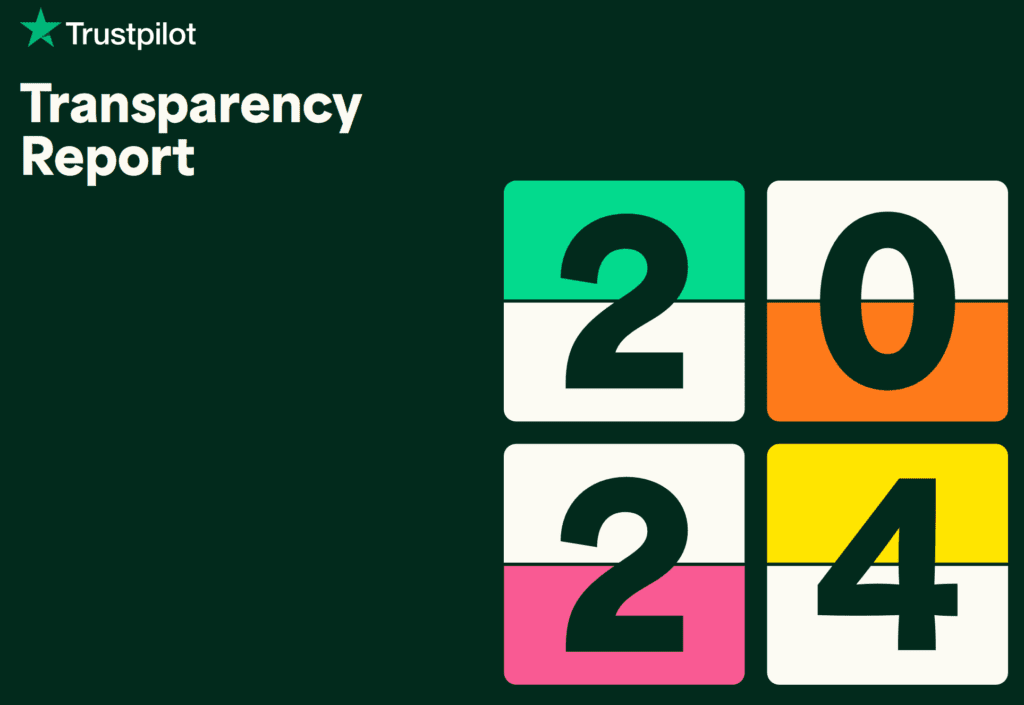The Growing Concern of Fake Reviews
Trustpilot, a leader in the review industry, has become a strategic marketing tool for many businesses, including financial services providers. Unfortunately, some less reputable entities exploit Trustpilot to fabricate trustworthiness through fake reviews and inflated ratings. This deceitful practice misleads potential customers and undermines the credibility of the platform.
Fake reviews and rating fraud are devastating forms of cybercrime that erode consumer trust and undermine the integrity of digital marketplaces. By creating a false sense of reliability and manipulating consumer perceptions, these fraudulent activities can lead unsuspecting customers to fall victim to scams, invest in subpar services, or make ill-informed purchasing decisions. The ripple effects of such deceitful practices are far-reaching, damaging the reputations of honest businesses and skewing market competition. As a result, combating fake reviews is a matter of maintaining trust and a crucial step in protecting consumers and ensuring a fair and transparent digital economy.
Identifying the Abuse
Our research has uncovered significant misuse of Trustpilot, particularly within the high-risk financial services sector. Here are the most common fraudulent activities observed:
- Creating Fake Accounts: Fraudsters create multiple fake accounts using different usernames and IP addresses to post deceptive reviews.
- Solicitation of Fake Reviews: Businesses or intermediaries offer services to write fake reviews for a fee, either directly or through online advertisements.
- Writing Fake Reviews: Fake reviews are crafted to appear genuine, often using templates customized for specific products or services.
- Posting Fake Reviews: These reviews are posted on Trustpilot and other platforms to maximize their impact.
- Paid Advertising: Paid promotions are used to disseminate fake reviews to a broader audience.
- Manipulating Reviews: Some reviews are initially posted as 1-star and then changed to 5-star after a supposed resolution, creating an illusion of improved service.
The Extent of the Problem

The manipulation of Trustpilot reviews can lead to severe consequences, including legal action and reputational damage for the businesses involved. Trustpilot‘s latest Transparency Report reveals the platform’s ongoing struggle against such fraud. In 2023 alone, Trustpilot removed 3.3 million fake reviews, representing 6% of the total reviews submitted. This was a slight increase from the previous year, highlighting the persistent challenge of maintaining review integrity.
Trustpilot’s Efforts and Consumer Vigilance
Trustpilot is actively combating fake reviews through improved detection algorithms and manual interventions. Key actions from their Transparency Report 2024 include:
- Fake Reviews Detection and Removal: Automated technology and specialist reviews led to the removal of 3.3 million fake reviews in 2023.
- Action Against Misuse: Trustpilot issued 121,048 warnings to businesses and 1,425 formal “cease and desist” letters to those soliciting fake reviews.
- Legal Action: Legal measures were taken against several businesses, including Euro Sales and SO Cameras, for manipulating reviews.
- Consumer Trust: Despite these efforts, 89% of global consumers check online reviews, with 49% believing many brands manipulate customer reviews.
A Closer Look at the Financial Services Sector
Our observations indicate that the financial services sector, particularly crypto services providers, is rife with fake reviews. Trustpilot’s report suggests that 6% of reviews submitted were fake, but we estimate this figure is significantly higher within the financial services segment, possibly several times higher in the crypto subsegment.
Encouraging Action Against Rating Fraud
Trustpilot remains the dominant platform for consumer reviews, but it is not alone. Various other consumer forums and specialized high-risk payment sector forums also play crucial roles in maintaining trust. However, these platforms are not immune to manipulation either, a topic we will explore in future reports.
Reporting Fake Reviews
To safeguard the integrity of online reviews, it is crucial to report any instances of fake reviews or rating fraud. If you have any information, please report it through our whistleblower system, Whistle42. Your vigilance and action can help maintain the trustworthiness of platforms like Trustpilot and ensure that consumers receive honest and reliable information.
In conclusion, while Trustpilot and similar platforms strive to combat review manipulation, consumer awareness, and proactive reporting are essential in maintaining the credibility of online reviews. Let us work together to expose and eliminate rating fraud, ensuring a fair and trustworthy digital marketplace for all.
